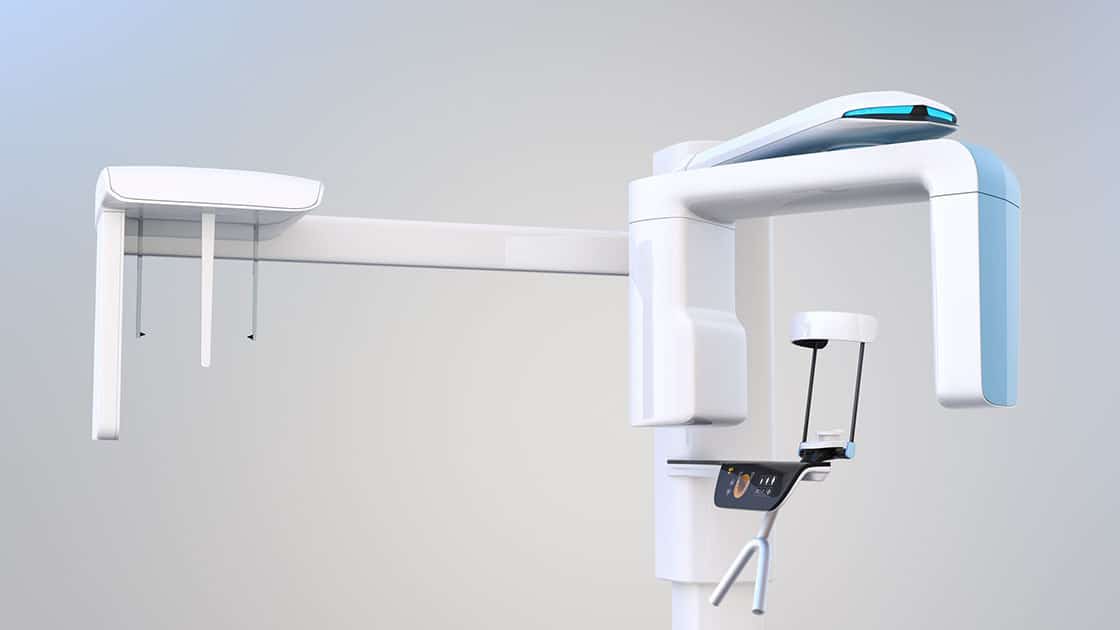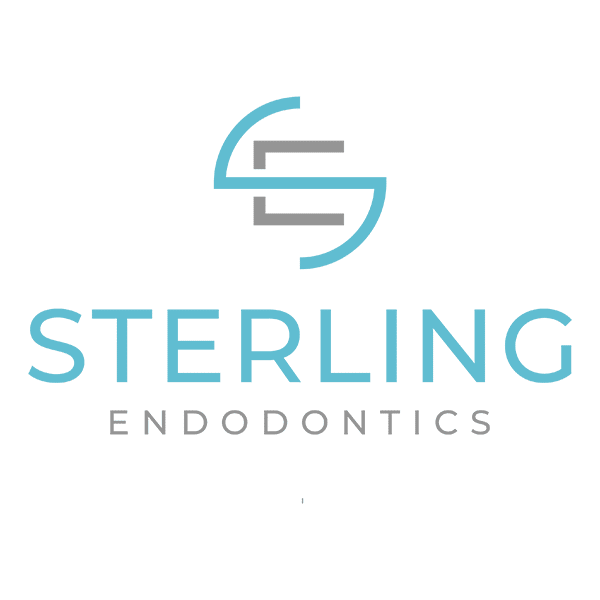
Cone Beam technology provides a digital tomographic 3D view of the patient’s area of interest. A traditional x-ray is only two-dimensional. With Cone Beam systems the doctor is able to get a full 360-degree view of the tooth and all surrounding areas. The 3D Cone Beam scanner provides nearly limitless views of the teeth while using less radiation than traditional medical CT technology. This new technology is fast, simple, and painless, providing many wonderful benefits that were unavailable only a few years ago.
